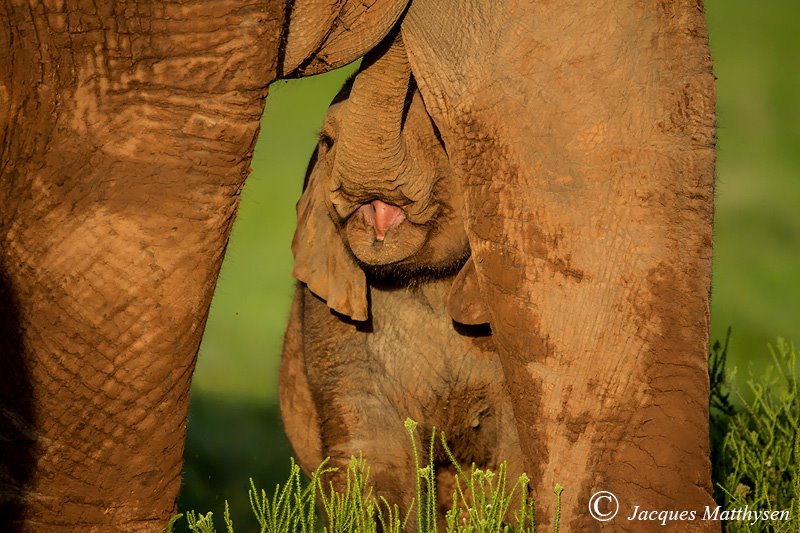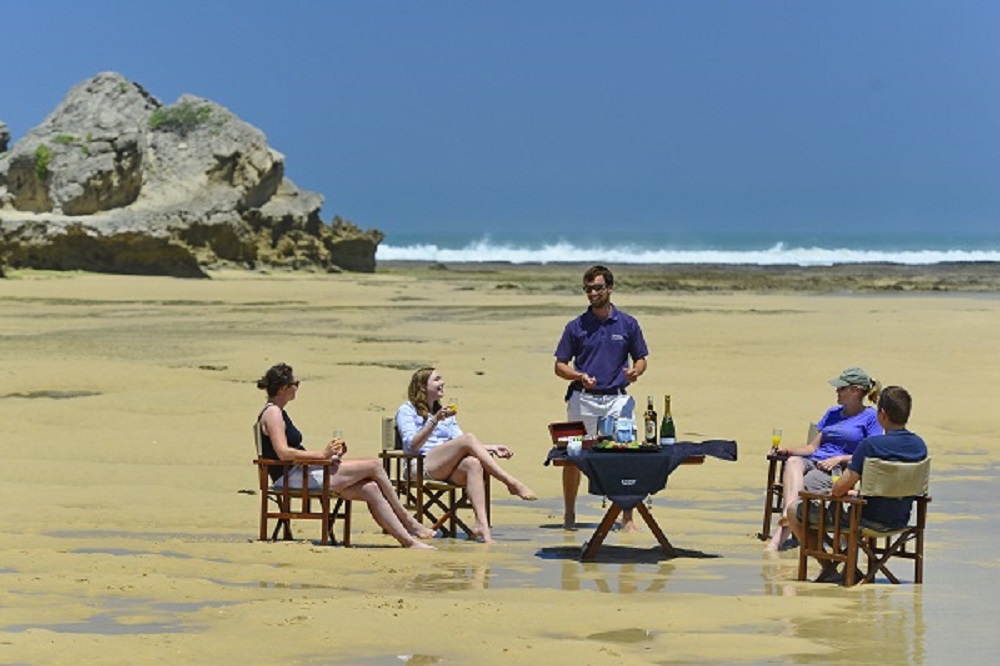Kruger or Eastern Cape Safari?

Many of our guests ask us the main differences between a safari in the Greater Kruger and a safari at Kariega Game Reserve in the Eastern Cape region of South Africa. We hope that you find this blog about the key differences useful to determine the region that best suits your safari requirements.
Key Differences: Kruger and Eastern Cape Safari
Location
Kariega Game Reserve is located in the Eastern Cape province on South Africa's east coast. The reserve is approximately 1,000 km (620 miles) from Cape Town and 80 minutes drive from the nearest airport in Port Elizabeth. A safari at Kariega works well with a travel itinerary that includes Cape Town and the Garden Route. Kruger National Park is in the South Africa's north-east corner and spans across the Mpumalanga and Limpopo provinces. To visit Kruger, the majority of people travel via Johannesburg. The drive from Johannesburg to the southern Kruger takes four to six hours. The main airport is the Kruger Mpumalanga International Airport near Nelspruit. Road transfers from the airport to private lodges can take up to three hours.
Size
The Greater Kruger wilderness area includes both the government owned and operated Kruger National Park and more than twenty private safari reserves to the west of the park. The total protected area provides over 20,000,000 hectares of land for the free movement of wildlife. This is huge! It is about the same size as Israel, a little smaller than Belgium and about a third of the size of Ireland. The area receives over 1 million visitors each year.
Kariega Game Reserve is a family-owned private game reserve of 10,000 hectares that offers a premium safari experience to guests staying in five safari lodges. While you may not feel the vast remoteness that you do in Greater Kruger you will experience a friendly atmosphere and the beautiful African wilderness.
Malaria
The Greater Kruger is located in a low malaria risk area. The malaria risk level varies according to the time of year, amount of rain, temperature and various other factors. Kariega is a malaria-free game reserve and there is no threat of catching malaria in this area.
Animals and Birds
Both safari options offer the chance to see the Big 5 - lion, elephant, leopard, buffalo and rhino. Due to the vastly different locations there are a number of different endemic animals and birds. Kruger supports the largest number of species because of its larger size, including over 140 different mammals and over 500 birds. Kariega protects over 50 different mammals and over 400 birds have been recorded on the reserve.

Vegetation
The indigenous vegetation and biomes are very different – Kruger is drier, with mopane and thorn trees and grassy plains. woodlands, thicket and savanna. Kariega is much greener with low shrub and bushes. Kariega includes five of the world's seven biomes - Fynbos, Grassland, Nama-Karoo, Albany Thicket and Forest.
Climate
Kariega is an excellent year-round safari destination because of its moderate climate. During winter and autumn months (June to September) the evening and mornings are cool but the days reach an average of 20 C (68 F) which is nice and warm. During summer and spring (November to April) the days are warm and and the average temperatures are 24 C (75 F). The temperatures in the Kruger area are more extreme with very hot summer temperatures that reach over 35 C (95 F). The best safari season is during the winter months of June to September where the average temperatures are 26 C (79 F).
Access to Water
Kariega Game Reserve includes two navigable rivers, one of which allows guests to explore the river by boat all the way to the white sand beaches at the village of Kenton-on-Sea. A boat cruise can be included in all Kariega safari experiences. Guests at River Lodge can enjoy daily boat trips to the beach and Settlers Drift guests can be taken to the lodge by boat along the Bushman's river. Other river activities include river fishing and canoeing - all in the safari rate.
The Greater Kruger wilderness area includes six major rivers, of which only the Sabie River is still perennial (flows all year round). Many of the rivers are completely dry, especially in years with low rainfall and during the hot summer months. River activities are thus not offered by private lodges as part of the safari experience and the reserve is far from the sea!

Kruger or Eastern Cape Safari For You?
Both Kariega Game Reserve and the Greater Kruger offer a fantastic place for a safari. Your choice will depend on what you want from the experience. You can spot the big wildlife most visitors want to see in both areas, but if you have some specific animals, birds, plants or activities in mind, we recommend contacting us to find out more about what we offer at Kariega Game Reserve.
But don't just rely on what we say - read the reviews of past safari guests on TripAdvisor and Facebook. You can also connect with us on YouTube, Instagram and Twitter and follow the conversations about our safari experience.










